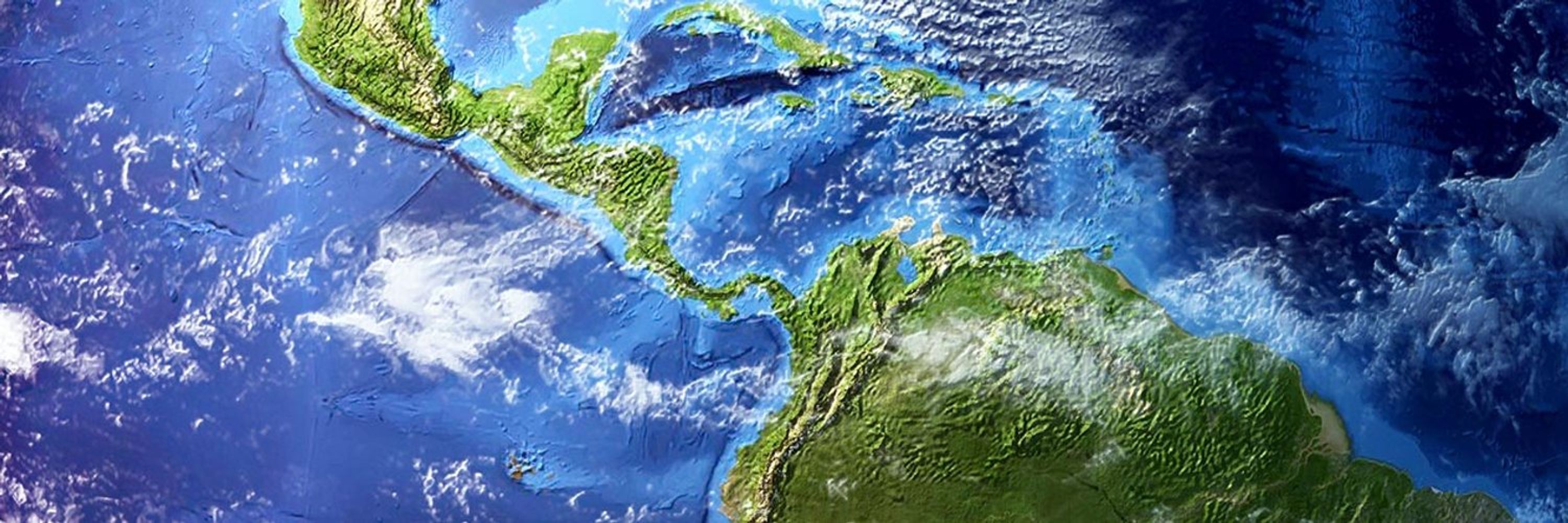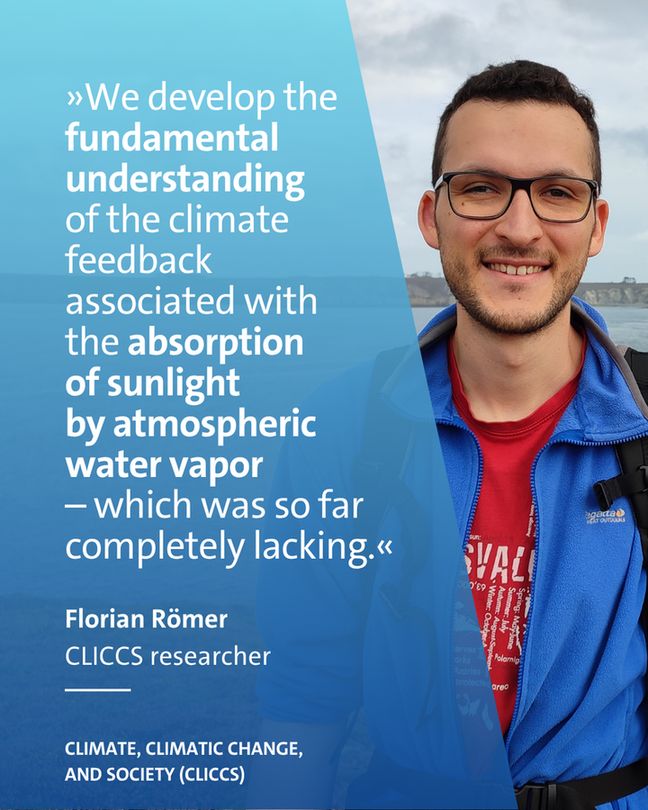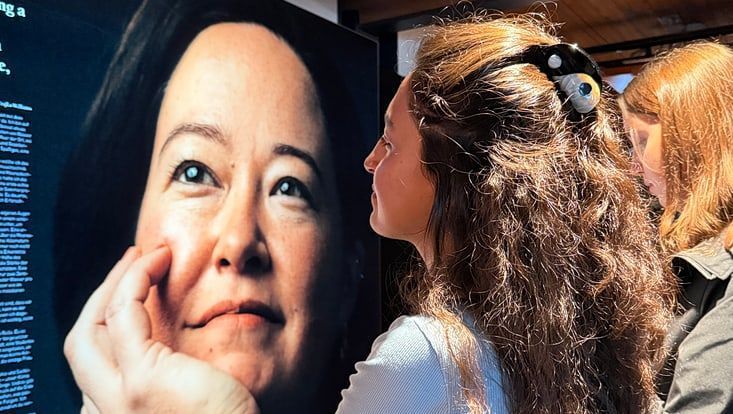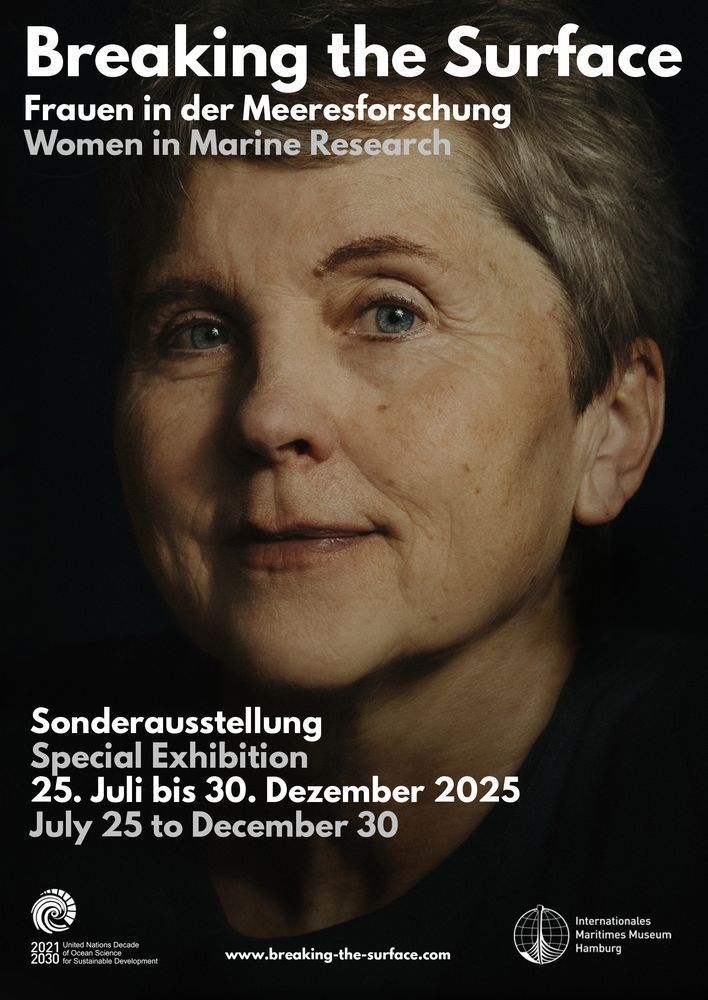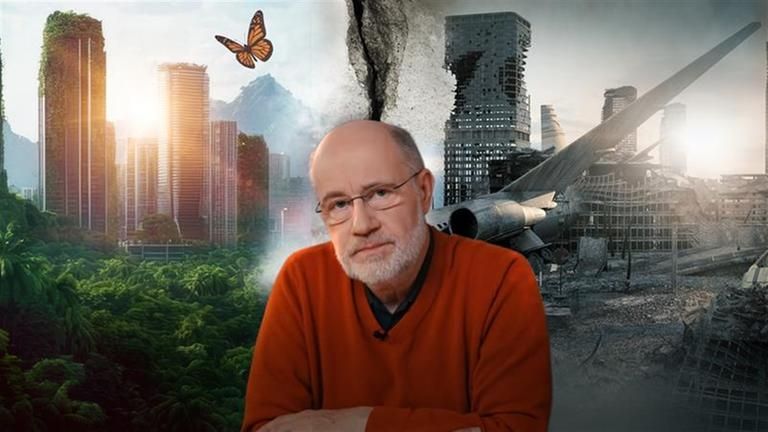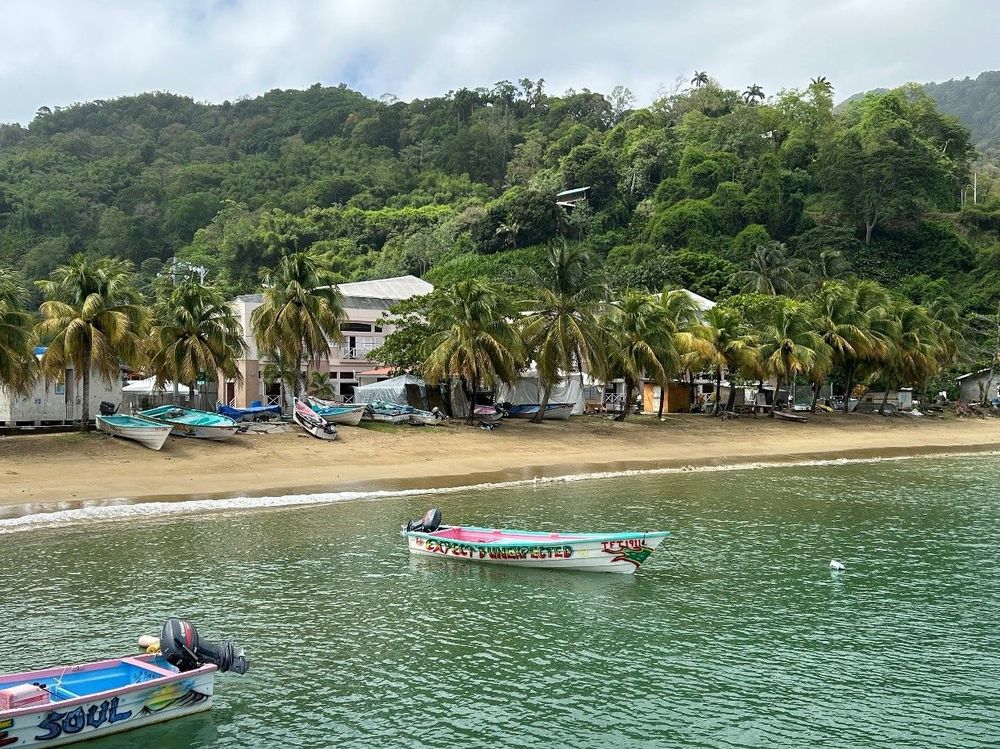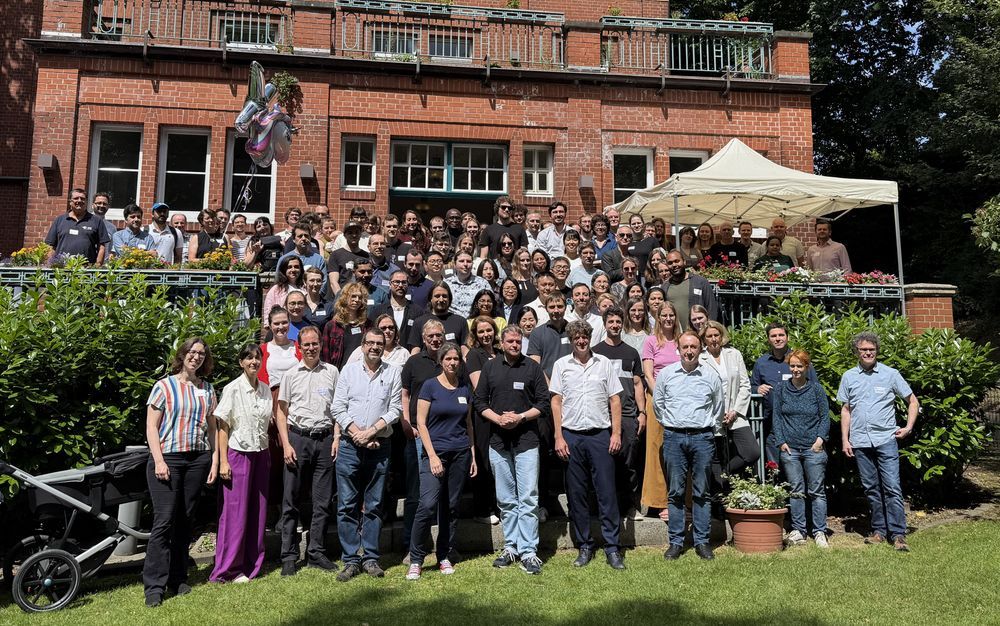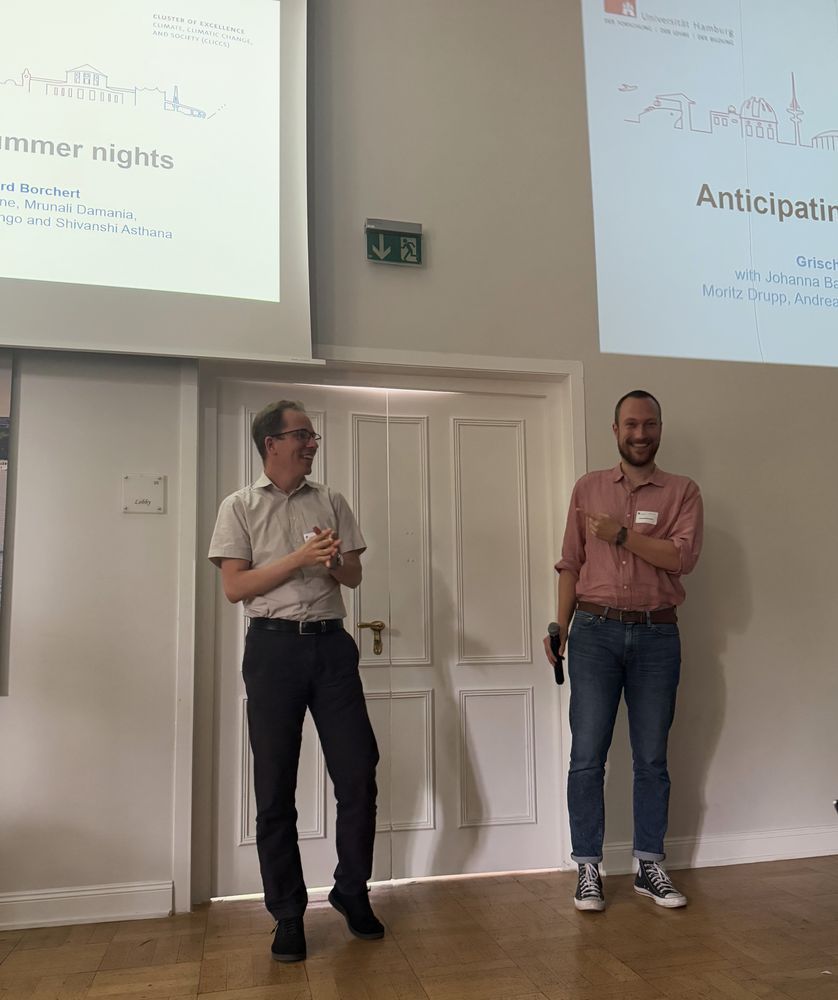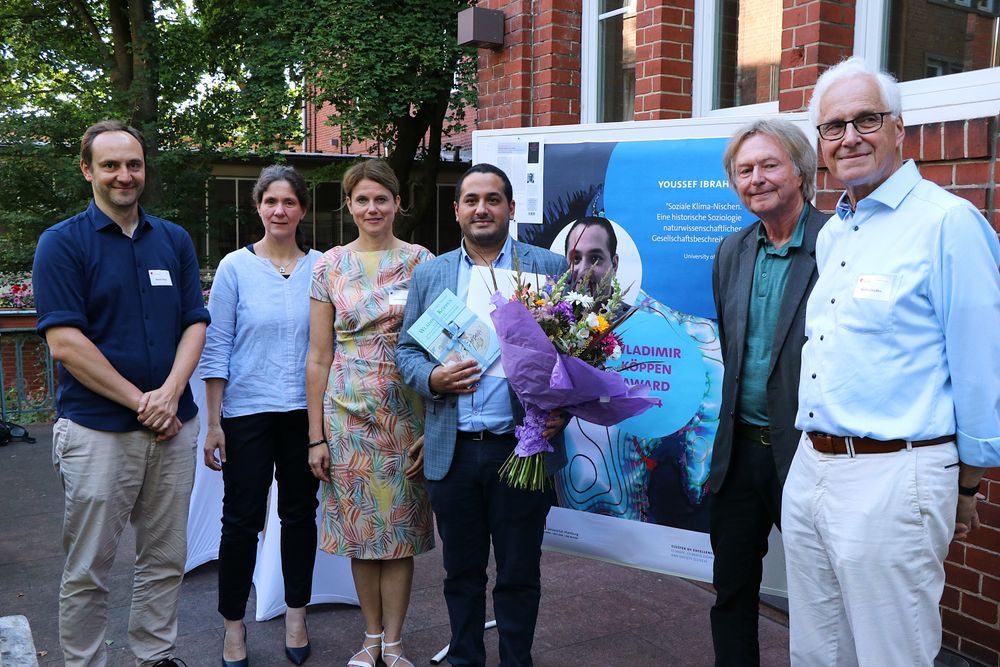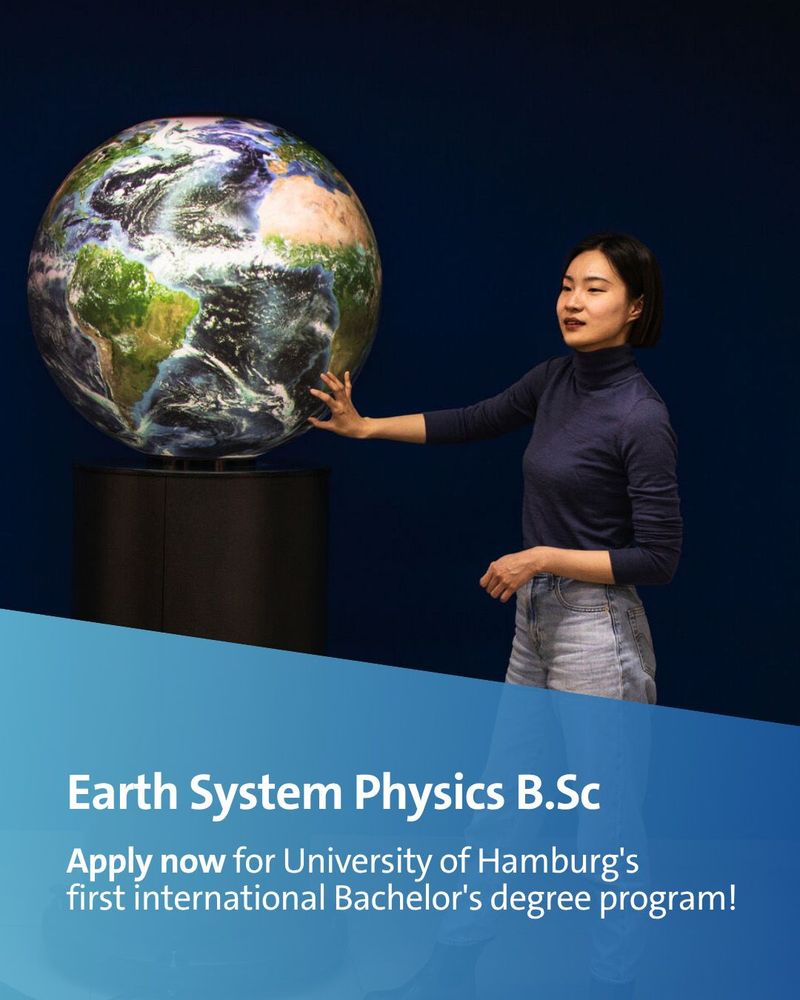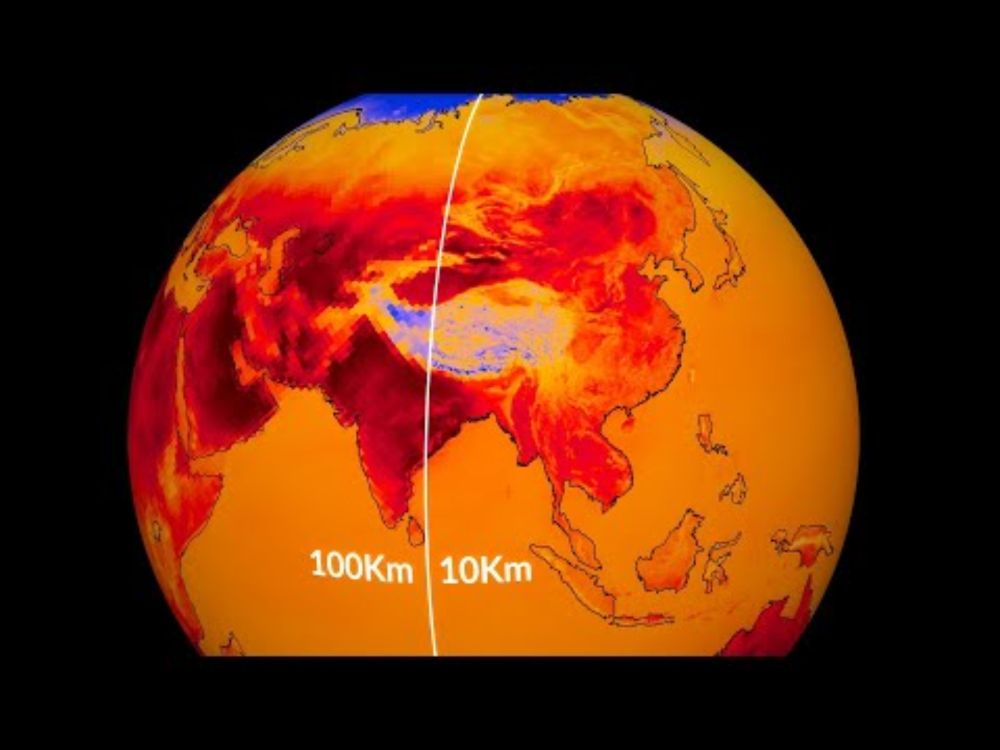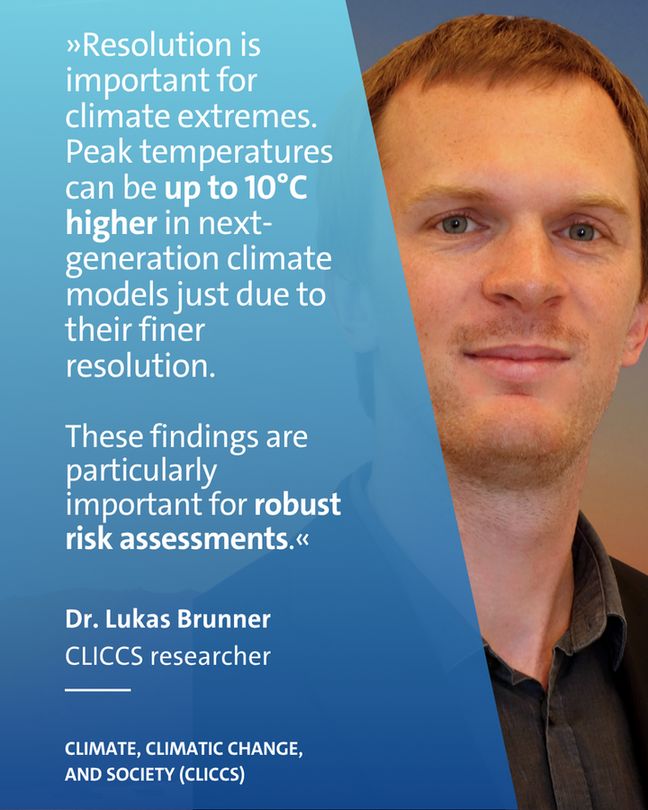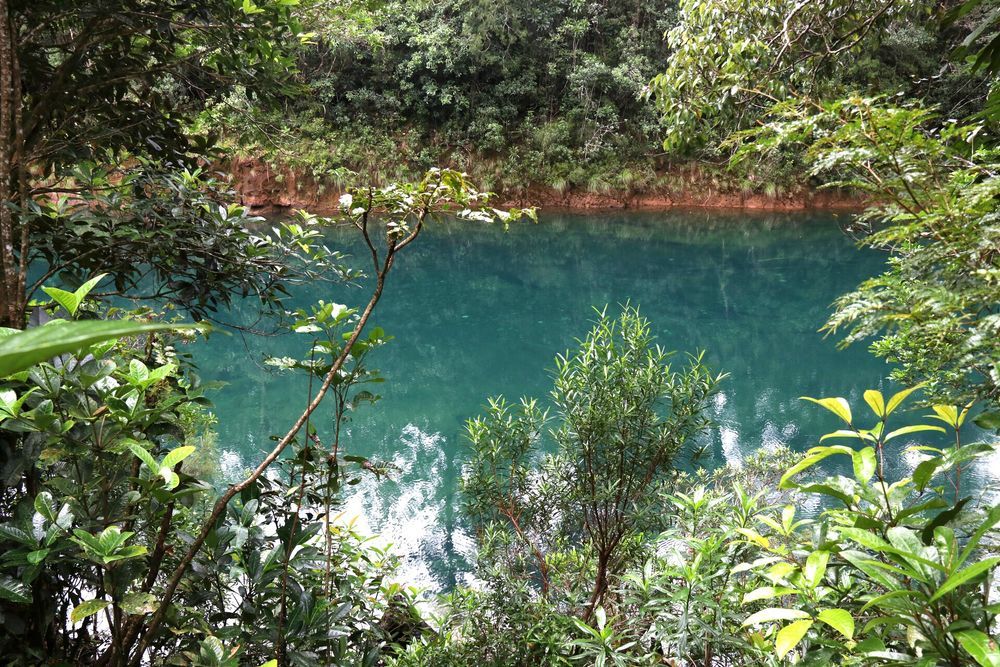CEN University of Hamburg
@cenunihh.bsky.social
590 followers
470 following
220 posts
CEN researches the Earth system, climate + sustainability @uni-hamburg.de. It is home to the Cluster of Excellence #CLICCS. As of 2026 CEN will be renamed to Earth and Society Research Hub (ESRAH). Outreach keeps you posted. http://uhh.de/cen-imprint
Posts
Media
Videos
Starter Packs
Pinned
Reposted by CEN University of Hamburg
Reposted by CEN University of Hamburg
Reposted by CEN University of Hamburg
Reposted by CEN University of Hamburg
Stefan C. Aykut
@stefanaykut.bsky.social
· Aug 22
Reposted by CEN University of Hamburg
Reposted by CEN University of Hamburg
Reposted by CEN University of Hamburg
Reposted by CEN University of Hamburg
